Skating, Broken Bones and Finding his Footing;
An Interview with COLIN Read
24 August 2023
Written by
Live Skateboard Media
Colin Read is known around the cyber skate world as Mandible Claw, happens to be living currently in Brooklyn, NY…
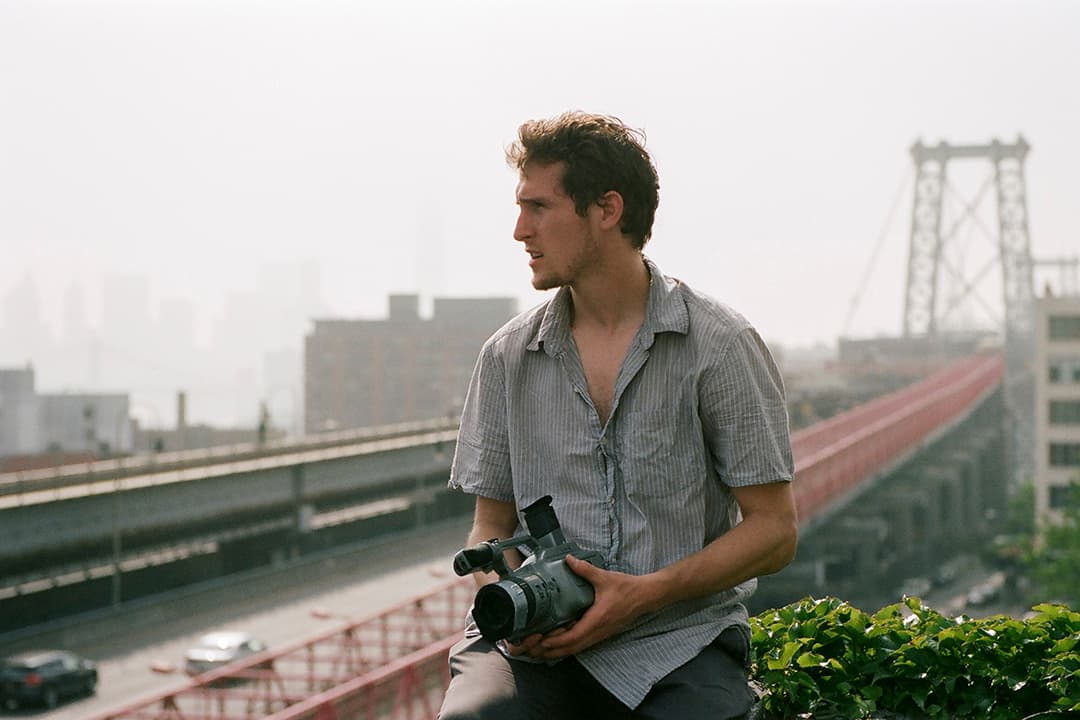
He also put out recently Tengu, God of Mischief, an independent video that will most likely go down as a defining moment in our very own culture.
Yep. Not sure if this is he was aiming at, but he did do a great job at it, by not being afraid to throw away many of the “Rules of the Full Length”, to try to find his own way to showcase exciting skateboarding. He actually did more than that by keeping us all on the border of our seats, while keeping the stair count quite low. Well, depending on how you look at it…
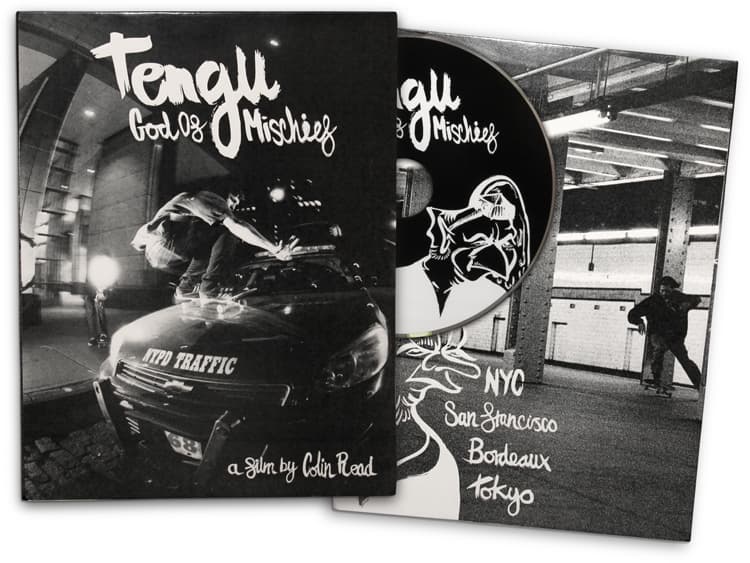
Anyway, we thought it was time to give him a voice and tell us some tales from the underground, and the rooftop.
How did you start filming and what did you like about it at first?
When we were kids, none of us had a camera, but my dad had a little one that I would bring out skating, and we'd film each other. Then I got my own handi-cam for Christmas. But I actually wasn't really the intended filmer in our crew. Our friend Charlie saved up and bought a VX1000 when we were 15 or 16, and he and I would trade it off and film our friends to make a video. Charlie ended up editing it. I actually had the last part in the video! After that, I didn't film for a while, I just skated. Then I moved to Gainesville, Florida for college and started skating with the crew there, and no one really had a camera there, either. So I saved up and bought another camera to film everyone with. That's when I started editing. I liked making funny or weird connections between clips and songs; I made a bunch of edits. I actually made several full-length videos in Gainesville before I made the first Mandible Claw DVD that will probably never see the light of day.
How it became something you wanted to invest yourself more seriously?
It didn't, really. Here's what happened: in Gainesville, I broke my pelvis skating, so I was out for a while. I had to walk on crutches for almost six months, and couldn't skate for a long time. Since it was killing me to not be able to skate, I just hobbled around with the crew or would drive to the spot just to hang out and film. When I could finally walk again, I couldn't really skate, but I could push, so I started filming even more, and became "the filmer". Thankfully, I'm able to skate again now. I had a line in Tengu that was filmed by the wonderful Yoan Taillandier.
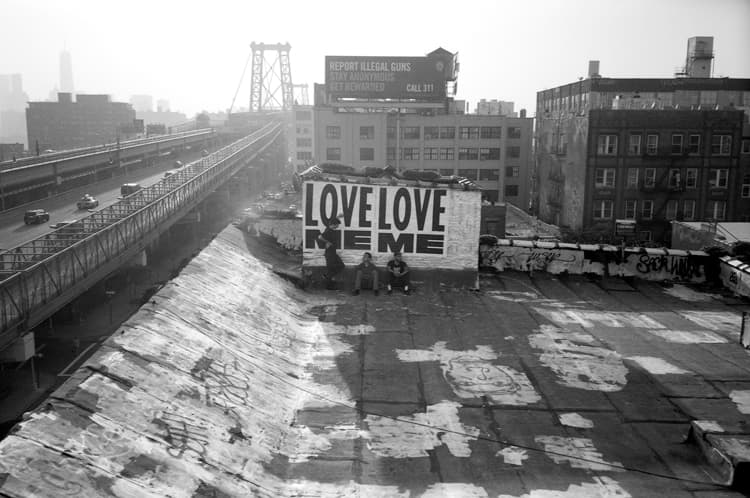
Photo: Carlos Jaramillo
What’s the most exciting moment in the process of video making?
The premiere is always magical, albeit stressful sometimes. When the skater lands the trick, it's so satisfying; you've been working through the process along with him, trying to film it as best as you can, and it's very rewarding sometimes. Editing is a strange one for me. It starts out in my head as a vague shape, and I start working with the footage. Unexpected connections happen, things match up. I'm kind of always editing, though; I'm always thinking about editing possibilities, ways to put footage together to make them more than the sum of their parts.
Where do you stand on the debate about filming technology? Does it even matter?
I think it is important. However, I don't necessarily think that one is intrinsically better than the other. They're different art forms, so to speak. Oil painting versus watercolor. I think there are more VX1000 masters due partly to its longevity. It's been around for more than 15 years, so people have had time to experiment with it.
One of the problems with HD is that it's not standardized. A big "HD" skate video will often have footage from five to fifteen different types of camera set-ups; contributing filmers having their own specials rigs. That's cool, but it results in an end product that is uneven and inconsistent. There's no overarching look, or sound… Mics all sound different, and DSLR ones tend to be tinnier and weaker-sounding. No camera mic has matched the VX1000's crisp, powerful sound yet.
Another issue is the aspect ratio. Skateboarding is vertical; peoples' bodies are vertical. But the HD frame is so wide. Since there's so much dead space on either side of the skater, and the lens is so wide, the background tends to just slope away to the edges of the frame, removing any sense of speed. You also can't film as close without cutting off the skater. Since you have such a wide range of vision is that you usually see the obstacle coming from a long ways off, no matter what angle you are filming from, making things more predictable as well. The VX1000 with a death lens is still the ideal choice for me, because it can capture the speed and unpredictability of skating.
So I'm sticking with the VX for now. I have ideas, though, of how to use the HD technology. You can't deny that the clarity and possibilities are amazing. We're trying to figure out how to use HD in a way that meets all our demands.
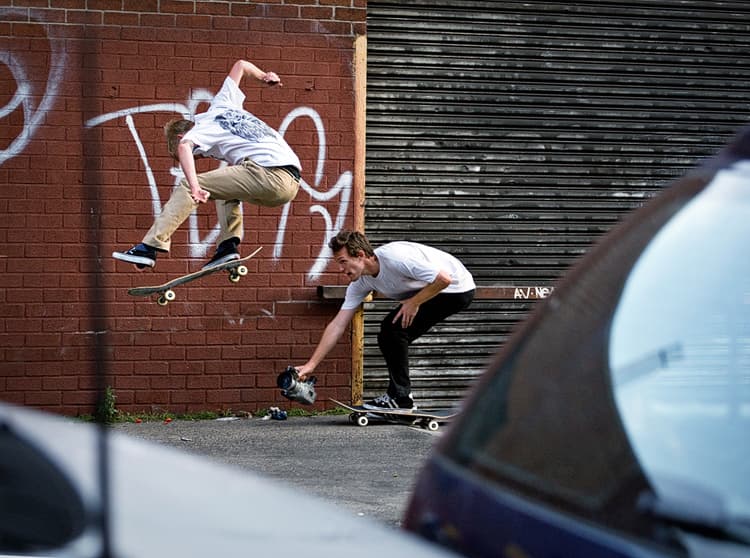
Photo: Ben Kilpatrick
When you watch a skate video, are you always checking the way it’s filmed and edited or can you still watch a video like any other skater?
I'm cursed now with the eyes of a filmer and editor. So yes, I definitely watch skateboarding with a more critical eye.
This is a difficult one, but I’d like to know your position: what makes skateboarding look good on video, beside the obvious choice: the skater and the spot?
Put effort into filming it. Try to master your craft. Don't just follow the skater, try to add something. It takes a long time; I used to suck at filming. Same advice for editing. Don't just use the first song that comes to mind.
Try to do something unique. I used to suck at editing too, it takes practice. You have to try to "find your voice," as the saying goes for writers.
Is filming your livelihood nowadays, or do you have jobs beside that have nothing to do with skateboarding or filming?
No, skating doesn't pay the bills, so I do freelance motion graphics and editing, and odd jobs like moving furniture. In NYC, there's a moving company I work for, Lou Moves You, that's pretty much all skaters. It's awesome. But I just try to work in a way that gives me time to skate. I may be broke but I'm having fun.
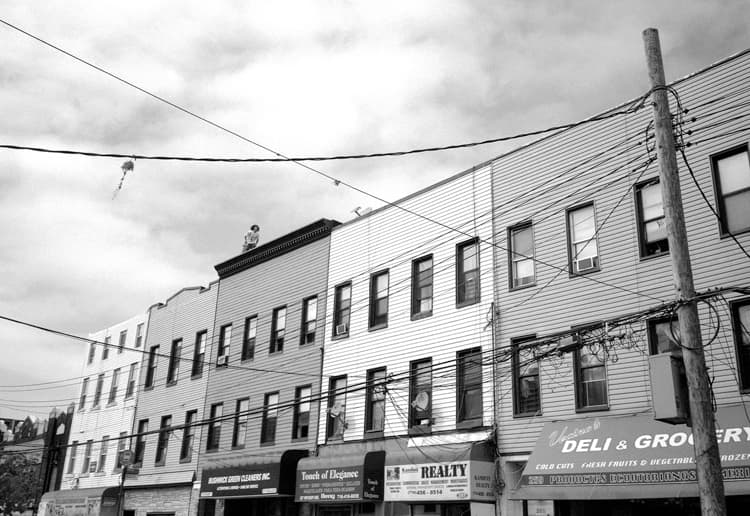
Photo: Carlos Jaramillo
What upcoming videos are you looking forward to, particularly?
Sprinkles, and Static 4.
Let's get to Tengu… How was the project born?
It spiralled out of control. I meant to make a shorter video, but I kept having more and more ideas and kept travelling and filming with new friends. Over the course of two and a half years, I was constantly filming and editing, and working with contributors and friends, shaping it closer to the vision I had in my head. It was an amazing process.
The roof and subway sections are some of the highlights of the past year, in terms of videos. How did you find the spots on the roofs, and what about gaining access to them?
The roof idea spawned one-night skating with my friends. We climbed up onto a roof of a closed business in Brooklyn just to chill, and ended up finding an amazing bank spot.
We realized there was a whole world of unexplored skate spots right above our heads, & decided to make a full part. It took over two years to film it.
For starters, we could only film it in the cold months of the year, when the roofs were hard. When it got hot, the roofs got soft and soggy, and you can't roll on them. And then, it's hard to find spots. You can't just go walking around. We'd scout for potential spots by riding the elevated trains all around the city. But it mostly involved a lot of trial and error, and illegal activity. We had a few tactics: we'd wait for people to walk into buildings, just catch the door before it closed (or hit all the buzzers and hope someone got annoyed and buzzed us in) and run up to see if we could get on the roof from the stairwell. We'd jump and grab the bottoms of fire escape and climb up. And we'd ask everyone if they had roofs we could get onto to check out. Many attempts at getting onto a roof or finding a spot were fruitless, but just as often we'd finding something unique and exciting.
Finally, of course, it was dangerous & extremely illegal.
There were some close calls where people got terrifyingly close to falling, and a few boards were lost off the edge. And we had to run away or hide from the police sometimes, too.
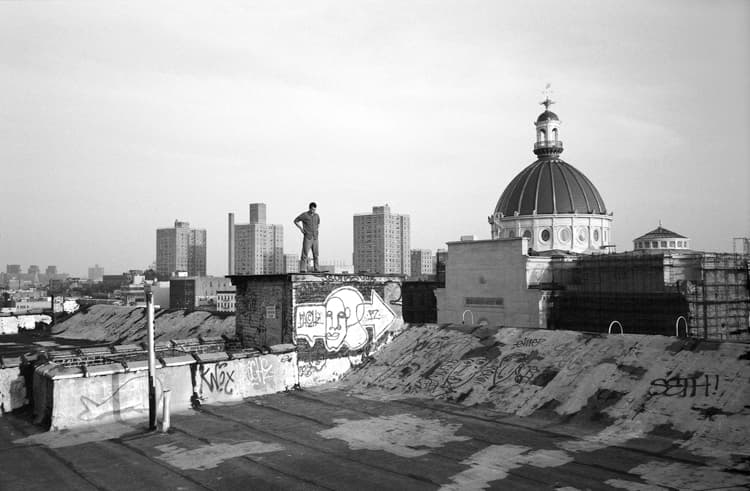
Photo: Carlos Jaramillo
What amount of work took the opening shot for the video?
Originally, Connor just did a front 180 into the bank. It definitely took a few tries. To get the shot I rode the train and filmed through the window, one hand on the camera, the other on a cell phone, talking to a homie on the roof with Connor. I'd tell him when to give Connor the go-ahead. The timing got messed up a couple of times, though, not to mention big gusts of wind that would blow through and make Connor have to wait it out. It took 3 or 4 attempts, meaning I had to ride the rest of the 10 minutes across the bridge into Manhattan, switch to the different track, ride back into Brooklyn, then switch again and do it all over again. We were hyped when it worked out! So when Connor called me and told me he wanted to try a frontside flip the next day, I wasn't too eager to go through it again. But I knew it would be worth it. This time we went with Allen Ying, our good friend and partner in crime in past skate adventures –see the subway skating article in 43 magazine issue 003. We filmed and shot the trick up top with Connor, then went for the train angle. I thought it was going to take a lot longer this time, since the frontside flip was a lot harder for Connor to do. But the God of Mischief was watching over us, and Connor landed it first try. We got the shot.
Can you tell us about the filming in the subway?
Timing was everything. Around 2 to 5 in the morning, on weekdays usually. Some spots were in and out, because of police; we would time tricks so we could jump into a train and dip after they try it. For skating the trains, we'd switch trains often, to make ourselves harder to catch. But we paid the price. Some of us got thrown in cuffs. I still have a warrant out for my arrest for subway skating. Zach Chamberlin helped me out with the SF metro section. He got chased once too, right out of the station into the street.
What are you currently working on, now?
I'm working on a new video that I'm very excited about. It's going to be really weird and awesome. At the same time, I'm also currently working on projects with Magenta Skateboards, Iron Claw Skates, The Sleeping Horse, and 561 Skateboarding. Connor Kammerer and I have a video art piece we want to work on too. This year is going to be busy!
This article was first published by Live Skateboard Media.